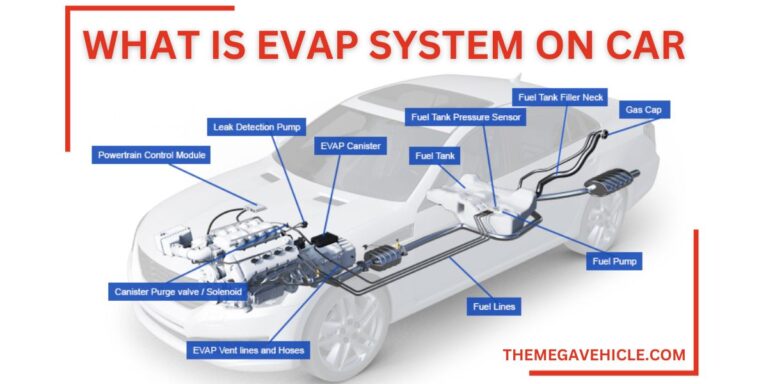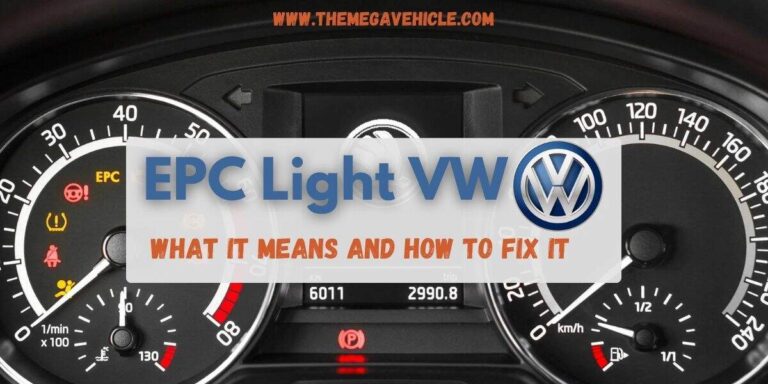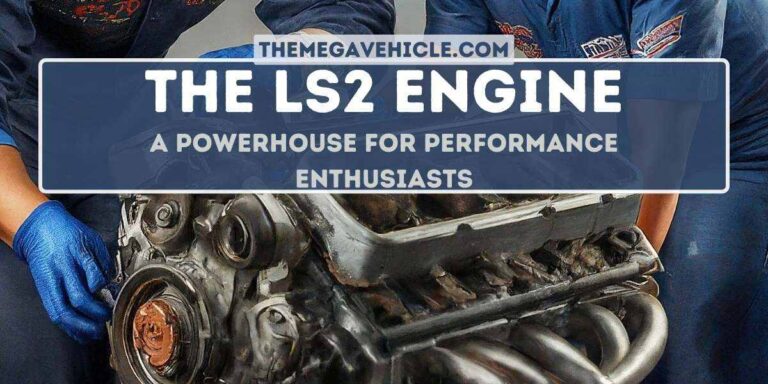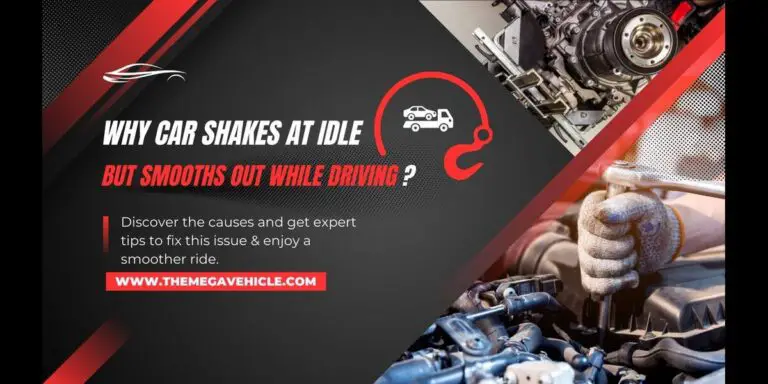VTEC vs. i-VTEC: Understanding Honda’s Engine Technology
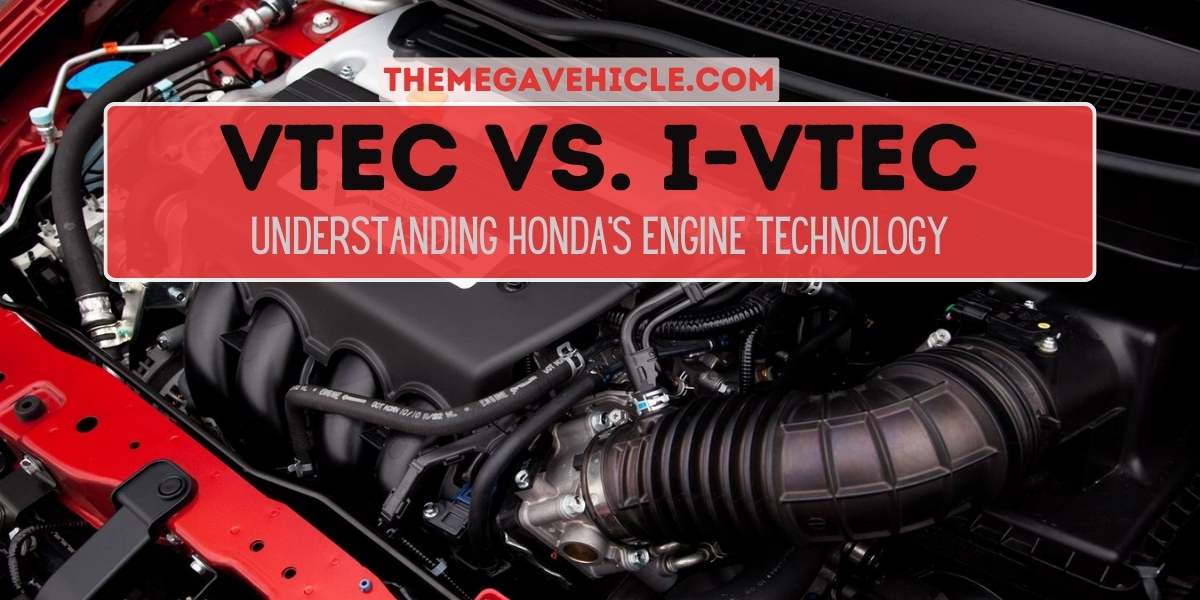
Honda has long been renowned for its innovative engine technologies, and two of its most celebrated advancements are VTEC and i-VTEC. Both are variable valve timing systems, but they represent distinct steps in Honda’s engineering journey, offering unique advantages and shaping the driving experience in different ways.
VTEC, standing for Variable Valve Timing and Lift Electronic Control, emerged in the late 1980s. This ingenious system revolutionized engine performance by employing two separate cam lobes for the intake valves. At low engine speeds, one cam lobe provided optimal valve timing for smooth operation and improved fuel efficiency. However, as the engine climbed towards its higher RPM range, a solenoid engaged, switching to a more aggressive cam lobe. This high-performance cam significantly increased valve lift and duration, unleashing a surge of power and exhilarating acceleration. This distinct shift in character, often described as a “VTEC kick,” became a defining feature of many iconic Honda performance cars.
i-VTEC, introduced in the early 2000s, marked a significant evolution of VTEC technology. Building upon the foundation of variable valve lift, i-VTEC added the crucial element of variable camshaft timing. This meant that i-VTEC could not only adjust the lift of the intake valves but also dynamically control the timing of both intake and exhaust valves across the entire RPM range. This refined control allowed for a more nuanced approach to engine optimization. Unlike VTEC’s binary switch between low and high-performance modes, i-VTEC offered a seamless and continuous adjustment, resulting in several key benefits:
- Smoother power delivery: The elimination of the sudden “VTEC kick” provided a more linear and refined driving experience, making i-VTEC engines feel more responsive and predictable.
- Enhanced fuel efficiency: By precisely controlling valve timing and lift throughout the RPM range, i-VTEC engines achieved optimal combustion efficiency, leading to significant improvements in fuel economy compared to VTEC.
- Reduced emissions: The finer control over valve timing also allowed for better control of exhaust gas flow, contributing to lower emissions and cleaner operation.
In essence, VTEC and i-VTEC represent two distinct eras of Honda’s variable valve timing innovation. While VTEC offered a thrilling surge of power, i-VTEC prioritized a more balanced approach, delivering both improved performance and enhanced fuel efficiency with a smoother and more refined driving experience. Understanding these key differences is crucial for appreciating the evolution of Honda’s engine technology and its impact on the driving experience.
1. Understanding VTEC: Unleashing Power and Efficiency Through Two Cams
VTEC, or Variable Valve Timing and Lift Electronic Control, stands as a testament to Honda’s engineering ingenuity. This innovative system revolutionized engine performance by employing two distinct cam lobes for the intake valves, each optimized for a specific engine RPM range. This ingenious design allows VTEC engines to deliver both improved fuel efficiency at low RPMs and increased power at high RPMs.
Operation of VTEC: A Tale of Two Cams
I. Low-RPM Cam Lobe: Efficiency Takes Center Stage
At low engine speeds, VTEC utilizes a specifically designed cam lobe with a shorter duration and lower lift. This configuration promotes smoother engine operation and optimizes fuel efficiency in several ways:
- Improved air-fuel mixing: The shorter duration allows for a more precise opening and closing of the intake valve, leading to better mixing of air and fuel within the cylinder, resulting in more efficient combustion.
- Reduced pumping losses: The lower lift of the valve minimizes the energy required to open and close it, thereby reducing pumping losses and improving fuel economy.
- Enhanced torque at low RPMs: The optimized cam profile ensures sufficient airflow at lower engine speeds, contributing to better torque and responsiveness during everyday driving.
II. High-RPM Cam Lobe: Unleashing the Beast Within
As the engine RPM climbs towards a predetermined threshold, a solenoid valve is activated by the engine control unit (ECU). This triggers a hydraulic mechanism that engages a locking pin, connecting the low-RPM rocker arm with the high-RPM cam follower. This switch effectively transitions the valve actuation to the high-performance cam lobe.
The high-RPM cam features a significantly longer duration and higher lift compared to its low-RPM counterpart. This translates to:
- Increased valve opening time: The longer duration allows for more air to enter the cylinder during each intake stroke, boosting engine power output.
- Greater valve lift: The higher lift increases the maximum opening of the valve, enabling a larger volume of air to flow into the cylinder, further enhancing power potential.
This dramatic shift in valve actuation is what creates the characteristic “VTEC kick” experienced by drivers. As the engine enters the high-RPM zone and VTEC engages, a noticeable surge in power becomes evident, transforming the driving experience from efficient cruising to exhilarating performance.
Benefits of VTEC: A Winning Combination
VTEC’s ingenious design offers several compelling advantages:
- Improved power output at high RPMs: The high-lift, long-duration cam lobe significantly increases engine power in the higher RPM range, making VTEC-equipped vehicles exciting and responsive when pushed.
- Enhanced fuel efficiency at low RPMs: The low-lift, short-duration cam optimizes fuel efficiency during everyday driving, offering significant economic benefits.
- Exciting driving experience: The distinct transition between low and high-RPM modes, marked by the “VTEC kick,” adds a unique and thrilling element to the driving experience for performance enthusiasts.
VTEC’s ability to seamlessly blend efficiency and performance within a single engine has played a significant role in Honda’s success, establishing the brand as a leader in innovative engine technology.
2. Introducing i-VTEC: Redefining Efficiency and Performance with Intelligent Control
i-VTEC, or intelligent Variable Valve Timing and Lift Electronic Control, represents a significant evolution of the groundbreaking VTEC technology. Building upon the foundation of variable valve lift, i-VTEC introduces the crucial element of variable camshaft timing. This advancement empowers i-VTEC engines to achieve a new level of refinement, efficiency, and performance compared to its predecessor.
Enhancements of i-VTEC: A Multifaceted Approach
i-VTEC’s brilliance lies in its ability to dynamically control both valve timing and lift across the entire RPM range. This comprehensive approach stands in stark contrast to VTEC’s binary switch between two cam lobes. Let’s delve deeper into the key enhancements of i-VTEC:
I. Variable Camshaft Timing: Orchestrating the Valve Dance
Unlike VTEC, which primarily focused on intake valve lift, i-VTEC extends its control to both intake and exhaust valves. This is achieved by employing hydraulically actuated phasers on the camshafts. These phasers can physically adjust the angular position of the camshafts relative to the crankshaft, effectively altering the timing of valve opening and closing events.
This dynamic control of valve timing offers several advantages:
- Optimized valve overlap: By precisely adjusting the timing of intake and exhaust valve closing and opening, i-VTEC creates an optimal overlap period where both valves are slightly open simultaneously. This allows for better scavenging of exhaust gases and improved intake efficiency, leading to better combustion and power output.
- Enhanced low-end torque: Precise control of intake valve timing at lower RPMs allows for improved air intake and better cylinder filling, resulting in increased torque and responsiveness during everyday driving.
- Reduced pumping losses: Optimizing valve timing across the RPM range minimizes the energy required to open and close valves, thereby reducing pumping losses and improving fuel economy.
II. Variable Valve Lift: Tailoring Airflow for Optimal Performance
i-VTEC inherits the variable valve lift functionality from its VTEC predecessor. This allows the system to adjust the opening height of the intake valves based on engine load and RPM. Similar to VTEC, i-VTEC utilizes different cam lobes, but the key difference lies in the smooth and continuous transition between them. This eliminates the abrupt switch experienced with VTEC, resulting in a more linear and refined power delivery.
Benefits of i-VTEC: A Symphony of Advantages
i-VTEC’s multifaceted approach to valve control translates into several compelling benefits:
- Smoother power delivery: The elimination of the sudden “VTEC kick” characteristic of its predecessor ensures a linear and predictable power delivery across the RPM range, offering a more refined and enjoyable driving experience.
- Improved fuel efficiency across the RPM range: By optimizing valve timing and lift throughout the entire operating range, i-VTEC engines achieve significant improvements in fuel economy compared to VTEC, particularly at lower RPMs.
- Enhanced emissions control: The precise control over valve timing and lift offered by i-VTEC enables better control of exhaust gas flow, leading to reduced emissions and cleaner operation.
i-VTEC represents a significant leap forward in Honda’s engine technology, offering a superior balance of performance, efficiency, and emissions compared to VTEC. This intelligent system has played a crucial role in establishing Honda’s reputation for developing innovative and environmentally conscious engines.
3. VTEC vs. i-VTEC: A Head-to-Head Comparison
While both VTEC and i-VTEC represent innovative approaches to variable valve timing, they differ significantly in their underlying mechanisms, functionality, and impact on engine performance. Here’s a detailed comparison to understand their key distinctions:
| Feature | VTEC | i-VTEC |
|---|---|---|
| Technology | Utilizes two distinct cam lobes for intake valves, one for low RPM and another for high RPM. | Employs variable camshaft timing for both intake and exhaust valves, along with variable valve lift for intake valves. |
| Functionality | Switches between low-lift, short-duration cam lobe at low RPM and high-lift, long-duration cam lobe at high RPM through a solenoid-activated mechanism. | Continuously adjusts the timing and lift of intake and exhaust valves based on engine load and RPM through hydraulically actuated phasers and cam lobes. |
| Performance | Delivers significant power increase at high RPM (“VTEC kick”) but may compromise fuel efficiency at lower RPM. | Offers smoother and more linear power delivery across the RPM range, with improved fuel efficiency throughout. |
| Driving Experience | Provides a noticeable surge in power upon VTEC engagement, offering an exciting feel. | Delivers a more predictable and refined driving experience with no abrupt power transitions. |
| Applications | Typically found in older Honda performance-oriented engines (B-series, K-series). | Widely used in modern Honda engines across various segments, offering a balance of performance and efficiency. |
Additional Points to Consider:
- Emissions: i-VTEC’s finer control over valve timing generally leads to lower emissions compared to VTEC.
- Complexity: i-VTEC, with its additional functionalities, is generally considered a more complex system compared to VTEC.
- Cost: Due to its complexity, i-VTEC engines might be slightly more expensive to manufacture and maintain compared to VTEC engines.
In conclusion, both VTEC and i-VTEC represent significant advancements in engine technology, each offering unique advantages and catering to different driving preferences. VTEC prioritizes high-RPM power with an exciting driving experience, while i-VTEC focuses on a smoother, more balanced approach with improved fuel efficiency and emissions control. Ultimately, the choice between the two depends on individual priorities and driving style.
4. Conclusion: Choosing the Right Engine Technology for Your Needs
VTEC and i-VTEC, while sharing the same core concept of variable valve timing, represent distinct philosophies in engine design. Understanding their key differences and advantages is crucial for making informed decisions when choosing a car that aligns with your driving preferences.
VTEC:
- Pros: Offers exhilarating high-RPM power with a distinct “VTEC kick,” often favored by performance enthusiasts.
- Cons: May compromise fuel efficiency at lower RPMs and deliver a less refined driving experience due to the abrupt power transition.
i-VTEC:
- Pros: Provides a smoother and more linear power delivery across the RPM range, with significant improvements in fuel efficiency compared to VTEC.
- Cons: May not offer the same level of peak power as VTEC and might be slightly more expensive due to its increased complexity.
Choosing the Right Engine:
Ultimately, the choice between VTEC and i-VTEC boils down to your priorities:
- Performance: If pure power and an exciting driving experience are your top priorities, VTEC might be the better choice.
- Fuel Efficiency: If you prioritize fuel economy and a smooth, refined driving experience, i-VTEC is the clear winner.
- Balance: If you seek a balance between performance and efficiency, modern i-VTEC engines often provide an excellent compromise.
Additional Considerations:
- Other Variable Valve Timing Technologies: Several manufacturers, including Toyota (VVT-i), Nissan (CVVT), and BMW (VANOS), employ their own variations of variable valve timing technology, each with unique characteristics and benefits.
- Misconceptions: It’s important to dispel common misconceptions surrounding VTEC and i-VTEC. Neither technology inherently damages the engine, and proper maintenance practices are crucial for optimal performance regardless of the system employed.
Call to Action:
This article has hopefully shed light on the complexities and nuances of VTEC and i-VTEC. If you have any further questions or want to share your experiences with these innovative engine technologies, feel free to leave a comment below. Let’s keep the conversation about automotive engineering going!

